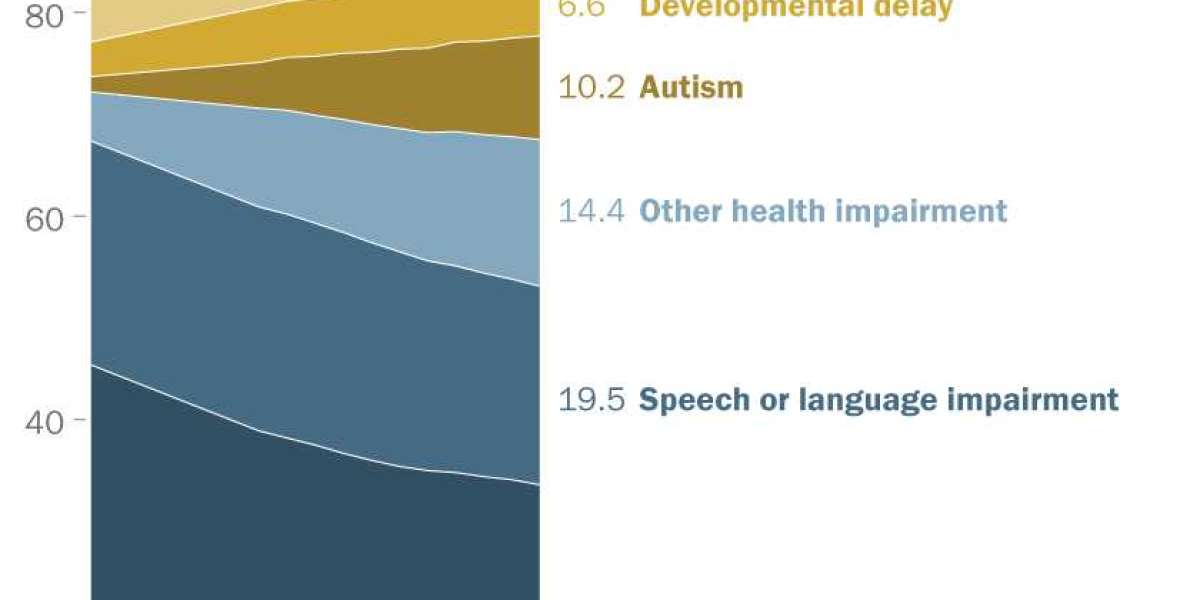The pandemic has had a huge impact on special education students. They faced challenges when schools closed and reopened. Many didn't receive the services they needed. In addition, fewer people went into homes to provide services. Some schools struggled to catch up with assessments and other tasks. However, they still have to offer students specialized instruction.
A nationwide survey of school districts revealed that they are struggling to meet their responsibilities during the pandemic. They are having trouble hiring teachers, keeping them, and delivering the supports students need. Special education directors say they are also worried about the increasing mental health needs of their students. During the shutdown, students often lost learning skills and had difficulty reconnecting with classmates.
Another challenge is the rapid transition to remote learning. This makes it difficult for schools to meet IDEA requirements. Additionally, some services may be inaccessible to students. Several states have implemented individualized distance learning plans, which spell out how schools and families should work together.
Parents are concerned that their child's needs are being overlooked. Many want to know if their child is eligible for special education. According to a survey of parents, 40% reported no support from their child's school. That means more parents need to be involved in their child's special education program development. One psychologist in Atlanta, who works with both children and their parents, said she has received numerous requests for evaluations.
Many school districts are also grappling with student mental health needs. Often, schools have had to hire extra therapists to make up for lost services. Those services include speech and occupational therapy. But many districts are also struggling to fill positions with qualified specialists. For example, one school district stopped evaluations in May because they couldn't find enough psychologists.
Despite the challenges, the Department of Education says it's important to provide the special education services kids need. The agency also says that schools should make an effort to identify those students who require additional assistance. It advises that special education teams consider the needs of each student and make individualized decisions about additional services.
Special education students are often entitled to compensatory services. These can help them make up for their lost skills because of pandemic-related service disruptions. Those services can also cover costs incurred by school closures.
The federal government reimburses up to 40 percent of the cost of educating students with disabilities. It provides funding to help states cover the costs of additional supports. There are two types of programs: Individualized Education Plans (IEPs) and Section 504 of the Rehabilitation Act. Both programs outline the services students need and specify how they should be provided.
During the pandemic, many school districts were having a hard time meeting their special education responsibilities. Several school officials said they were at a crossroads. Most children were receiving the services they needed, but many missed them. As a result, many schools had to make difficult choices.
The United States Department of Education has cited the Los Angeles Unified Public School District for failing to provide appropriate special education services during the pandemic. However, many other districts are finding ways to collaborate more closely.
Author Bio:
Hi there I'm Kim Mildred, it's nice to meet you. I am a professional essay writers online cheap, have been since 2017. You might've read something I wrote since I've been working for the top American publications for the last 4 years, and have written over 200 articles.



